Delhi
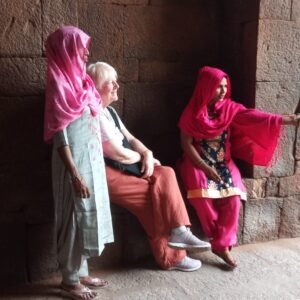
I’ve worked in the City of London and travelled the world, but nothing prepared me for Delhi. The noise was constant, with cars, tuk-tuks, motorbikes and lorries all vying for miniscule gaps in the road ahead while honking their horns. At first, I felt overwhelmed, but after a couple of days, I began to get my bearings and navigating our way around the neighbourhood became easier. I discovered a small square of eateries and shops within walking distance of our guest house, Villa 33, which proved very convenient.
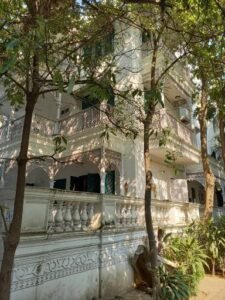
Villa 33, a striking three-storey Victorian-style building in a quiet cul-de-sac close to Haus Kas, a lovely park south of the city.
Feeling much happier once we’d settled in, we looked forward to exploring the city sights and decided to take the metro to visit the Red Fort.
Travelling on the metro was relatively easy, with help from a couple of commuters who pointed us in the right direction when we had to change platforms.
As we emerged from the metro, chaos surrounded us. Vendors selling trinkets, drinks, and food shouted their wares while motorbike engines roared, and car horns continued their unbroken racket. Ron and I stood at the entrance to the metro, totally bewildered; the assault on our senses made making any rational decisions difficult.
When we’d travelled before, we hadn’t had mobile phones; this time, we were better equipped, and once I’d pulled up a map of the area and found our location, we made our way to the entrance to the Red Fort.
Built by the Mughal Emperor Shah Jahan in 1648, when he decided to change the capital of his empire from Agra to Delhi, the fort was originally constructed of white and red marble and known as ‘Qia-e-Mubarak’ (The Blessed Fort). The fort was plundered during the invasion of the Mughal Empire in 1739, and most of the fort’s structures were subsequently demolished by the British following the Indian Rebellion of 1857.
The imposing building stood on raised ground, a centuries-old, dusty ochre red deterrent against attack from neighbouring warlords.
Entering via the Lahori Gate, Ron and I strolled through the Chatta Chowk, a vaulted ceilinged market and made our way to the fort’s grounds. Unused to temperatures in the 30s, we both needed frequent stops for water and a rest in the shade of trees that lined the walkways.
We returned to Villa 33 late in the afternoon, hot and tired, grateful for our steaming hot shower and comfy bed.
Then Ron fell ill. I wasn’t sure whether he’d caught sunstroke during our visit to the Red Fort or COVID-19, but he was very poorly for a few days and spent most of the time sleeping.
Apart from keeping an eye on him, ensuring he drank plenty of water with the occasional electrolyte drink and feeding him paracetamol, I could do nothing more for him. By the time we left Delhi four days later, he was a little better but still not one hundred per cent.
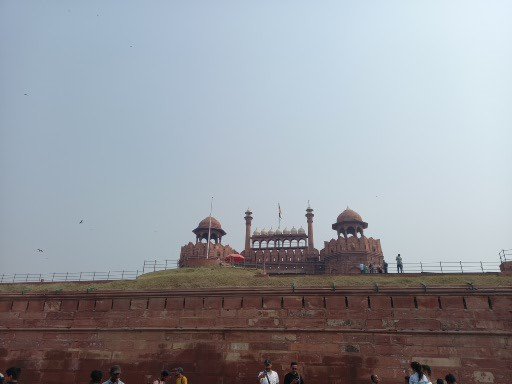
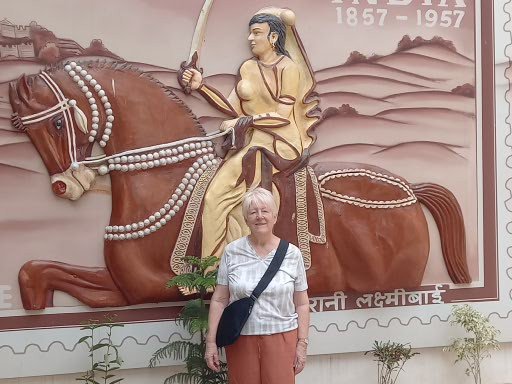

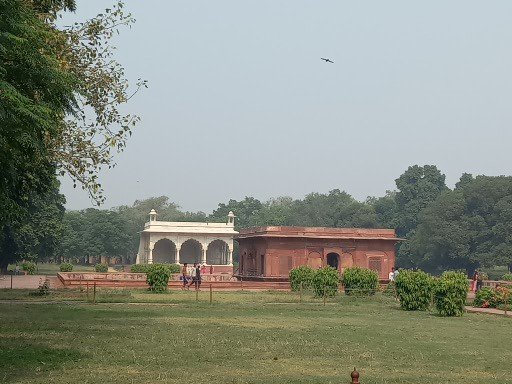
My British friend from Cuenca, Suzanne, had planned her trip to Delhi to coincide with mine, so while Ron slept, we spent a couple of days sightseeing together.
The Uber app, downloaded after our disastrous arrival in India, was a godsend and got us to our destinations without any hassles.
It was impossible to cram in too many sights in one day, but we did get to see Gutub Minar with its imposing minaret tower, built in 1192. We wandered through the well-tended gardens where ancient tombs stood, including Alauddin Khalji’s mausoleum and the remains of a once magnificent Quwwat-ul-Islam Mosque.
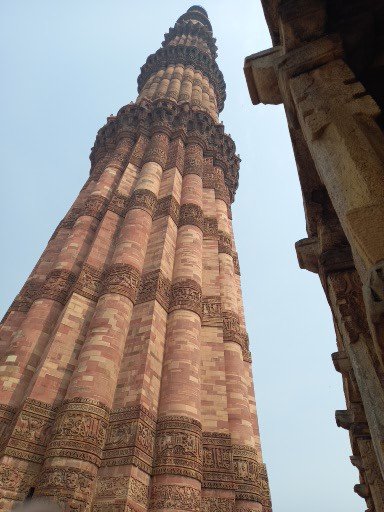
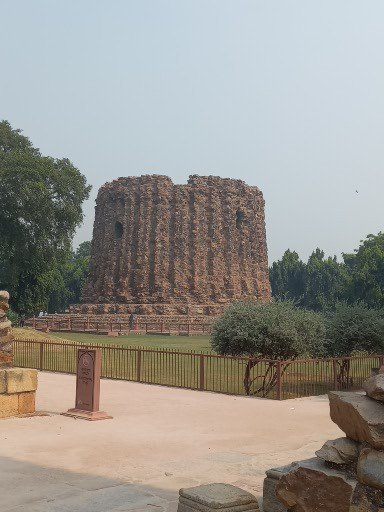
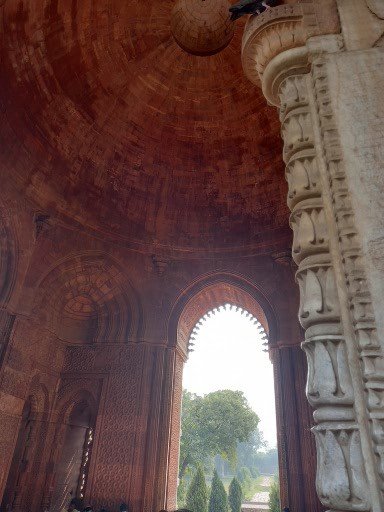
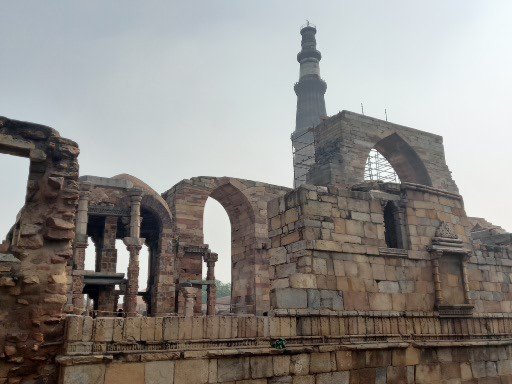
We also visited the Colonnade, which has many well-known western shops. After a welcome stop at one of the cafes, we took a tuk-tuk to see the step well – Agrasen Ki Baoli, built in the fourteenth century; the well was a central point for providing water to those living within the city.
Our final stop that day was Lodi Gardens, a peaceful sanctuary away from the hustle and bustle of daily Delhi life.
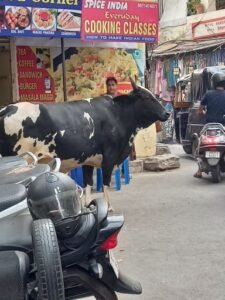

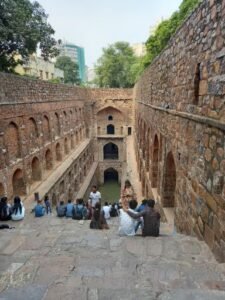
With Ron still struggling and Suzanne only in Delhi for a few days, my sightseeing was restricted to a couple of days. Hopefully, we’ll have the chance to see more of the city when we return at the end of our holiday.